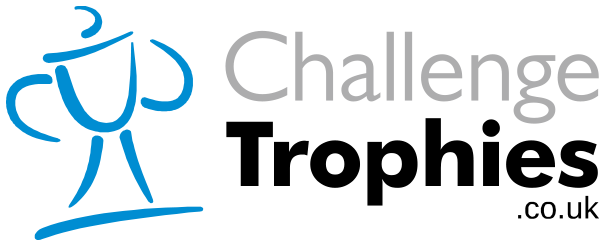Social Media for Sports Clubs – A Guide for Beginners
Social media services can be superb marketing tools for sports clubs and can help your organisation become part of a wider community. If you’re new to digital marketing, however, don’t despair! We’ve put together this guide to getting started.
Why Use Social Media to Promote Your Sports Club?
Earlier this year, we blogged about how creating a website can be beneficial for sports clubs. Being active on social media can help your club in much the same way. You can use your accounts to help you to:
- Promote your club and encourage more people to join.
- Publicise success stories and show off the trophies you’ve won.
- Attract spectators to your events.
- Keep members up to date with the latest news.
- Turn your club into a real community.
Setting up a social media account is a speedy process. Basic accounts are free to use too, so they are great for clubs operating on tight budgets.
You can attract followers or friends quickly and post information, such as changes to practice or event times, with ease. Many of the best-known services can be accessed via websites or smartphone apps, making them convenient to use.
Social Media for Sports Clubs – What Options Are Available?
There are many different channels that you can use. However, if you’re new to digital marketing, it’s a good idea to restrict yourself to one account until you’re confident that you have the time to manage more.
Twitter allows you to create messages, or ‘tweets’, consisting of 140 characters or less.
Advantages of Twitter:
- It’s great for sending quick updates.
- You can add images and links to your tweets.
- Your tweets can be retweeted quickly and easily.
- You can encourage people to engage with your organisation with ease.
Disadvantages of Twitter:
- It’s not the best channel for use when sharing complex information.
- It’s fast-moving, so your followers may not always see your tweets.
Facebook enables you to set up three types of page: individual, private group or fan pages. If you want to use your page as a marketing tool to attract new members, you’ll need to set up a fan page.
Advantages of Facebook:
- You can add status updates, and include photos and videos, with ease.
- You can create event invitations, milestones, polls and quizzes.
- People can share, like or comment on your posts.
- You can create longer updates than you can on Twitter.
Disadvantages of Facebook:
- Facebook posts often take longer to create than tweets.
- Facebook’s news feed algorithm can mean that people won’t automatically see your posts.
LinkedIn is primarily a business networking website. However, you can create an organisation page in order to improve awareness of your club, and join or create LinkedIn groups to engage with other people.
Advantages of LinkedIn:
- LinkedIn is a popular network, with millions of users.
- Using LinkedIn can attract people to your organisation’s website.
- You can include images and videos on your profile page.
Disadvantages of LinkedIn:
- The network is aimed at professionals and corporate organisations.
- It’s more complicated to use than Facebook or Twitter.
Instagram enables you to share photos and videos taken on your smartphone with the world. You can download Apple and Android versions of the Instagram app for free.
Advantages of Instagram:
- It makes sharing photos and videos simple.
- You can use hashtags to increase the visibility of your content.
- It’s compatible with Facebook and Twitter.
Disadvantages of Instagram:
- It’s only designed for photo and video sharing.
- You can only use it from your smartphone or tablet via an app.
Google+
Google+ is Google’s own social network. You can set up a promotional page for your sports club and post updates. You can also include links to items on your website or blog.
Advantages of Google+:
- Google+ has millions of users.
- Posting regularly on Google+ can help your website to gain higher rankings on Google’s pages, making it easier for people to find.
- You can join relevant groups to promote your brand.
Disadvantages of Google+:
- It can be time-consuming to use Google+ effectively.
- Your members are more likely to use other channels.
Staying Safe on Social Media – What Should You Be Aware Of?
When using social media in order to promote your sports club online, you need to ensure that your members stay safe. Never make anyone’s personal details public or share photos without having obtained the correct permissions. Watch out for signs that members are being bullied – or bullying others – online and take action if they are.
Research social media safeguarding issues carefully, and establish guidelines for your club and its members to follow.
Is your sports club active on social media? Which channels do you think are the most effective? Share your experiences with us on Twitter, Facebook or Google+.
